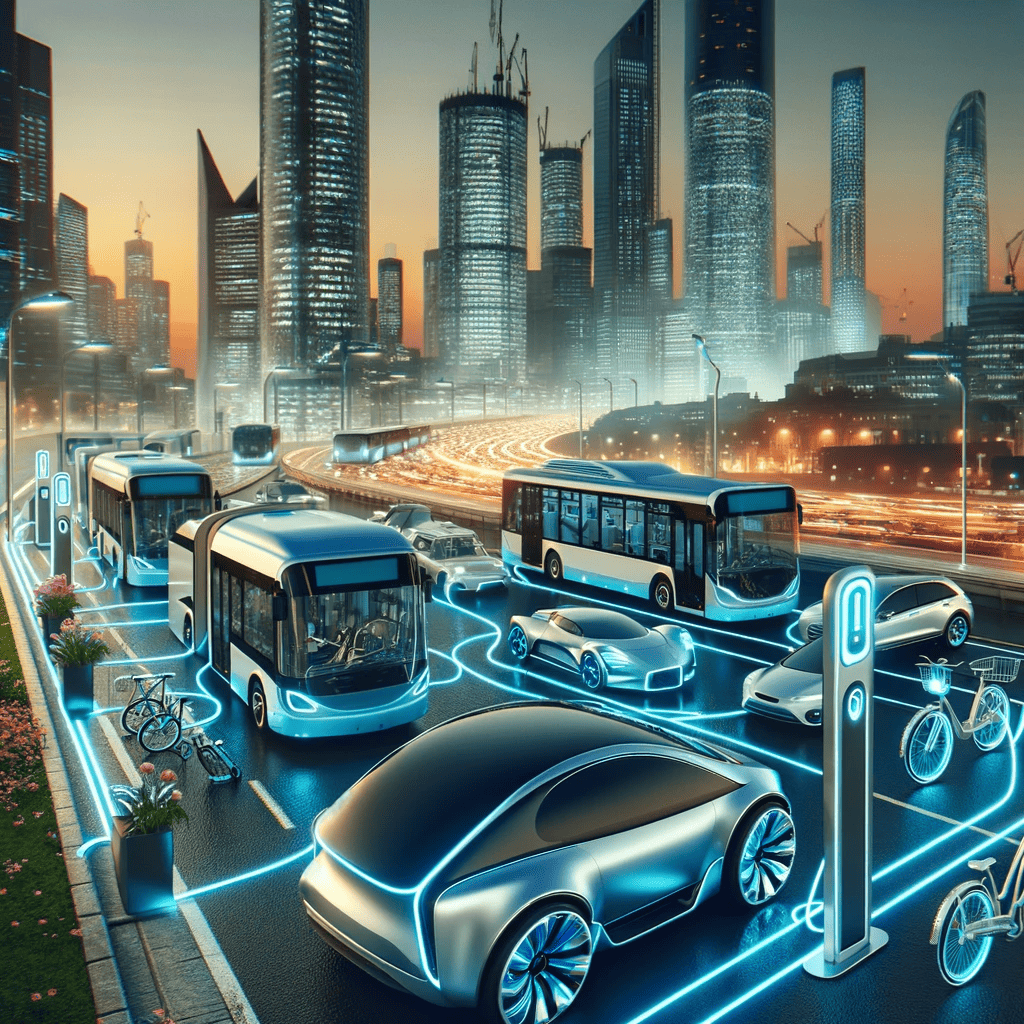Electric vehicles (EVs) have been hailed as the future of transportation, but recent trends and market dynamics suggest a more complex reality. The EV market, while growing, is facing challenges that could shape its trajectory in the coming years.

Key Takeaways
| Aspect | Detail |
|---|---|
| Investment in EVs | $6.5 billion dedicated solely to EV development |
| Global Spending on EVs | $400 billion in 2022 |
| US EV Market Growth | 1 million new EVs expected in 2023 |
| Auto Industry Investment | $616 billion commitment by 2027 |
| Consumer Attitudes | Mixed feelings about fully transitioning to EVs |
| EV Market Challenges | Slowing sales, high prices, infrastructure gaps |
| Regional Variations | EV popularity varies by region |
| Future Outlook | Cautious optimism with challenges |
The Rising Tide of EV Investments and Market Trends
The auto industry is witnessing unprecedented investment in EVs, with a staggering $6.5 billion dedicated solely to their development. This commitment signals a significant shift in the industry, aligning with the global trend where consumers spent nearly $400 billion on electric cars in 2022. The United States alone anticipates adding 1 million new EVs by 2023, with automotive companies pledging $616 billion in total investments by 2027.
The Current State of EV Sales: A Mixed Picture
Despite these investments, EV sales are experiencing a slowdown. In August 2023, EVs took twice as long to sell in the U.S. as they did in January. Traditional gas-powered vehicles continue to sell briskly, highlighting a disparity in consumer preference. This trend is even more pronounced when considering that less than a third of dealers see EVs as the future of transportation, despite over half of consumers believing so.
The Practical Challenges of EV Ownership
The hesitation among consumers to fully embrace EVs stems from practical concerns, particularly around long-distance travel and the existing charging infrastructure. This apprehension is reflected in the sales data, where EVs are sitting longer on lots compared to their gas counterparts.
Pricing and Economic Factors
There is also the matter of pricing. The average transaction price for EVs tends to be higher than gasoline vehicles, contributing to a slower adoption rate. Economic challenges such as rising interest rates, inflation, and disrupted supply chains further complicate the EV market landscape.
Regional Variations in EV Adoption
The adoption of EVs varies significantly by region, influenced by factors like gas prices and local economic conditions. For example, high gas prices in California spur EV purchases, while in Texas, lower gas prices lead to a preference for traditional vehicles.
The Future of EVs: An Uncertain Road Ahead
Looking forward, the EV market faces a delicate balance. While there are reasons for optimism, such as a growing acceptance of longer charging times and less range compared to ICE vehicles, there are significant hurdles to overcome. These include managing consumer expectations, improving charging infrastructure, and aligning vehicle offerings with market demand.
Concluding Thoughts
The journey towards widespread EV adoption is proving to be more challenging than anticipated. While the commitment from automakers and the government towards electrification is clear, the market dynamics suggest a need for a more nuanced approach. Balancing consumer preferences, economic factors, and technological advancements will be key to ensuring a smooth transition to a more sustainable automotive future.
FAQs
1. Why are EV sales slowing down?
EV sales are slowing due to practical concerns like charging infrastructure and travel range, higher prices compared to gas vehicles, and regional variations in consumer preferences.
2. How is the regional variation affecting EV adoption?
Regions with higher gas prices and supportive economic conditions see higher EV adoption rates, while areas with lower gas prices and different economic factors tend to favor traditional vehicles.
3. What are the future prospects for EVs?
The future of EVs includes cautious optimism. Challenges like pricing, charging infrastructure, and aligning supply with demand need addressing to ensure wider adoption and market stability.
